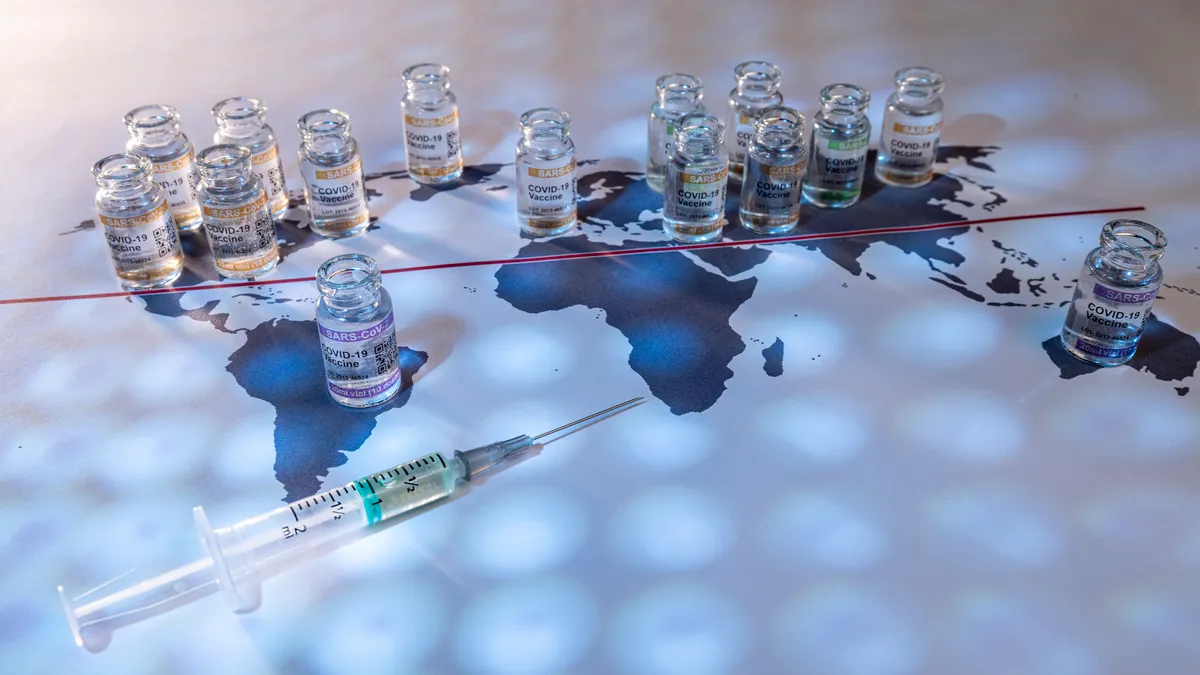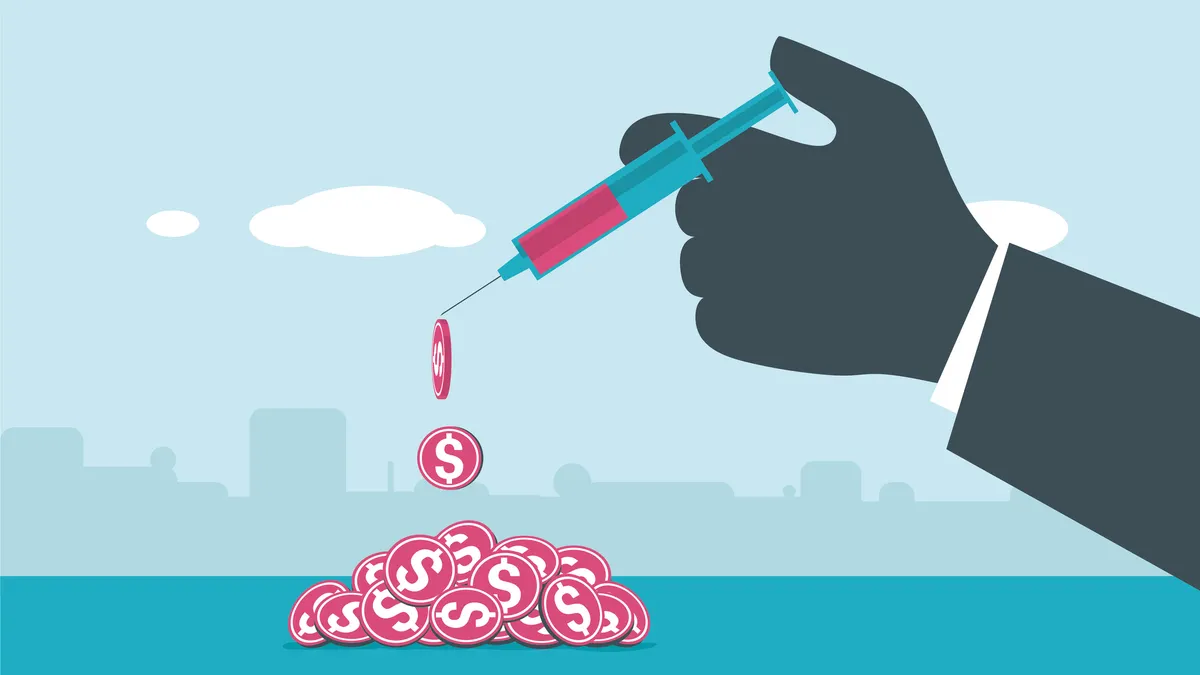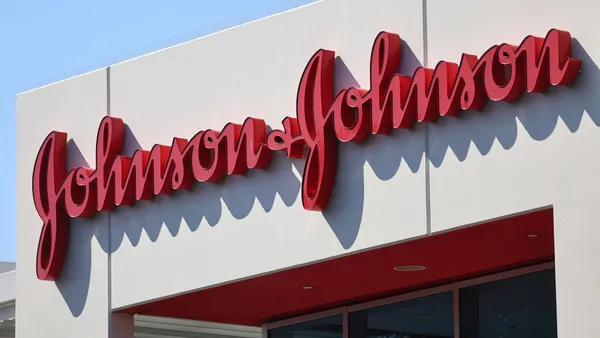The COVID-19 pandemic showed more clearly than ever that the chances of getting a lifesaving medication can depend a lot on where someone lives, as people in low-and middle-income countries (LMICs) often waited longer for treatments and vaccines than those in wealthier nations.
Many pharma companies have made moves to help bridge those gaps. Every other year, the Access to Medicine Foundation, a nonprofit organization based in Amsterdam focused on reducing global health disparities by increasing awareness of access-related issues, releases an index that zeroes in on how well companies are hitting this mark. The most recent Index, released in November, found that while Big Pharma has made strides in the right direction, there’s still a ways to go.
Measuring progress
All 20 companies in the 2022 Access to Medicine Index made improvements since 2020, but some showed more commitment than others. Overall, GSK, Johnson & Johnson and AstraZeneca topped the list, scoring highest on three key measures — governance of access, research and development and product delivery.
Governance of access focuses on corporate strategies, such as access plan development and leadership initiatives aimed at promoting equity. Research and development looks at whether a company’s pipeline includes treatments for disease threats and conditions that affect underserved nations. And product delivery centers on efforts to make drugs more affordable and the drug supply chain.
"The conclusion must be that — despite some progress — there is still a ways to go."

Jayasree Iyer
CEO, Access to Medicine Foundation
Other companies that made significant strides, moving quickly toward the top of the list were Bayer, which cracked the top 10 for the first time thanks to its improvements in access planning, and Merck & Co., which made its way into the top five due to its access planning and patent transparency.
At the very bottom of the list was insulin maker Eli Lilly & Co., which was ranked No. 20 due to deficits in the three key measures listed above. AbbVie came in at 19 because of gaps in product development and R&D-access planning. And while Daiichi Sankyo, which sat in the 17th spot, was boosted by its efforts in intellectual property sharing, it lagged on the three overall measures.
Making change
The progress is uneven, but Access to Medicine noted several critical changes helping to improve LMIC access, such as creating formal strategies. Some 77% of late-stage projects had concrete access plans in place — a noteworthy improvement over the 40% of projects examined in the previous report.
Instead of entire company boards being charged with promoting access, companies are also increasingly designating a point person on the board to oversee these efforts, which sets the stage for improved accountability and change.
More companies are also engaging in non-exclusive voluntary licensing (NEVL) agreements — a critical means of expanding access to lower-cost generic drugs — and adjusting their pricing to make drugs more affordable to underserved groups. For example, Novartis agreed to a NEVL for a leukemia medication — a first-of-its-kind milestone for a noncommunicable disease.
But these improvements aren’t enough to close the ongoing access gap between wealthy countries and LMICs, and many efforts thus far have targeted upper middle-income countries. According to the Index, only 15% of R&D access plans are currently focused on the 27 low-income countries. Companies are also neglecting the R&D needed to stay ahead of potential infectious disease threats — some of which have already emerged — that have the potential to spark another pandemic or epidemic down the road.
“The conclusion must be that — despite some progress — there is still a ways to go,” said Jayasree Iyer, chief executive officer at the Access to Medicine Foundation, in the report’s executive summary.









